A Classroom Economy with Staying Power
A classroom economy became a staple in my own classroom management system for many years. I began doing “The Class Mall” back when I first started teaching. And I kept doing it for over a decade, because it just continued to work well for me and for my students.
It’s so important to continue trying new ideas and strategies in the classroom. One of the most hindering phrases in education is “we’ve always done it this way.” Teachers can’t grow as educators and best help students if they aren’t willing to make changes as they go.
But when it comes to certain practices, I will also say this: “If it ain’t broke, don’t fix it.” Some things should never go out of style, like building positive student relationships or having effective classroom management. And if you find something that works- by all means, do it again!
Traditional & Non-Tangible Incentives for Positive Behavior
While I do agree it’s important to encourage intrinsic student motivation for following expectations, I’ve never been against rewarding positive behavior either. Adults like to be recognized for a job well done from time to time, and I don’t see any harm in doing the same for kids.
Teachers have found and continue to find a million creative ways to reinforce positive behavior. Many use stickers, tickets, prize boxes, treats, or Class Dojo points, just to name a small few.
Personally, I’m a fan of incentives that are motivating for kids but don’t require teachers to keep spending their own money. For example, a table group that earns the most points for good behavior each week doesn’t have to earn a tangible prize. They could instead get to be the “V.I.P.” table for the whole week, where they earn special privileges. Always getting called first to line up, taking out the playground balls to recess, first choice of what color paper to get during a class activity, etc.
Things that matter to kids, but don’t cost a cent. Plenty of hard-earned cash from teachers goes toward supplies and other odds and ends for the classroom (it isn’t exactly tough to exceed any sort of tax credit during the course of a school year).
The Old Treasure Box
Way back when, I did have a treasure box during my very first year of teaching. It was more of a box with pull-out drawers filled with goodies (fun pencils, snacks, party favor-type toys, etc.) and I called it my “Class Store.” Kids could buy items with their class money that they earned during the week for positive behavior.
I always liked the idea of using money as a classroom management system with my second grade classes, since counting money is a math standard.
My Class Store worked out just fine for me as a first year teacher, but I was constantly having to refill that treasure box and find new items to keep the kids interested. I also felt like the novelty started to wear off toward the end of the year. You know, when the kids get that 7-year-old version of high school “senioritis” around mid-May and teachers start counting down the days to summer vacation.
A New Kind of Classroom Economy
After some reflection, I thought of a way for the students to have more buy-in. And to save me from numerous trips to the dollar store. Playing into the classroom economy that I already had going on- I thought, what if I had the kids earn money to become business owners of their OWN class stores? And that’s how my Class Store turned into The Class Mall.
My kids still earned money for demonstrating exceptional behavior. At the end of each month, they had the option to pay “rent” for their own store if they’d saved up enough money. A note would go home to their parents notifying them that their child had been practicing positive behavior at school and had earned enough money for a store in The Class Mall.
Sparking Student Creativity
There are multiple options for what the kids can sell at their stores. I would tell the parents not to feel pressured to go out and buy little toys, etc. for their child to sell unless they wanted to. More often than not, kids would bring in their unwanted toys, books, etc. from home to sell. What parent isn’t happy to have a good excuse to get rid of old toys and clear out some extra clutter?
I’d also encourage the kids to be creative, and they would always rise to the challenge. Here are some examples of the types of stores that kids have come up with for The Class Mall over the years:
- A Petting Zoo (student brought in a bunch of their stuffed animals)
- A Hallmark Card Store (student made their own greeting cards)
- A Photo Booth (student made props and took photos with a Polaroid camera)
- Student brought in their toy guitar and would play a song for you if you paid a dollar
- Student-designed Carnival Booth Games
- Caricature Artist
Encouraging Student Responsibility
In our classroom economy, students not only earned money for positive behavior, but they also had to pay money for various offenses (no name on paper, mistreated or lost school supply, etc.).
The kids kept a Price List with their money so that they could refer to it on their own as needed.
It cut down significantly on the amount of lost or ruined school supplies, as well as excessive trips to the restroom and water fountain during class time.
Now of course, every class is different year to year. This list is just an example, and definitely not one size fits all. If you were to utilize a price list, I’d recommend customizing it accordingly for your own class’ needs and adjusting as needed throughout the school year.
Getting Students’ Families on Board
I explained all about the Class Mall to families in person during my PowerPoint presentation at Back to School Night, and I also sent home a detailed letter:
I received a positive and supportive response from families. And the kids LOVE being entrepreneurs and coming up with ideas for their stores. Here are a few creative kiddos in action:
Real-Life Application
Another reason I always loved having a classroom economy is that it provides many real-life learning opportunities. I would see students doing mental math as they had to figure out how to make change during purchases. They’d have to price their own items and figure out what would be a fair or not fair price (and learn that an unfair price will not earn them many sales).
Students realized the benefit of not spending all of their money at the first store they see, but to “window shop” first. The kids also learned not to push and crowd around at a popular store, but rather wait their turn nicely in line, “because that’s what grown-ups do at a real mall.”
Classroom Currency
Regular paper money can be used as currency, or if you want to try something fun, you can also have your own personalized class cash. Kids get a kick out of seeing their teacher’s face on the bills!
This is what we all went into teaching for, right? The fame and the fortune 😉
Classroom Economy FAQs
What if kids have a store, but also want to shop?
I chose to provide the kids with two options:
- They can make a “Closed” sign to display at their store. The kids know they are not allowed to shop at a closed store while the owner is taking a break to shop around.
- A seller can hire an employee to run their store for them while they are shopping. They must show or tell their employee the prices of their items, and also work out a verbal agreement for a “salary” to pay their employee for running their store while they shop.
What does the money management system look like?
All money was kept in our Cash Box, and one of our Class Jobs was the “banker.” The banker helps with all money related tasks, such as assisting with handing out money and helping other students exchange their money for larger bills at the end of the week (for example, they can trade ten $1 bills for a $10 bill from the cash box).
The kids would get so into it, they barely even realized they were doing math!
I also purchased some inexpensive Velcro wallets from Oriental Trading Company, for each student to keep all of his/her money in. They loved getting to have their own “real” wallet!
How often do you do the Class Mall?
I would hold The Class Mall once a month and it took only about 20 minutes of the day. Not a bad time investment for a whole month’s worth of motivation for positive behavior.
Where can I get the printables?
If you’d like to implement this classroom economy with your students, you can get more detailed guidelines in my Class Mall resource, which is in my shop and also on Teachers Pay Teachers. It includes the price lists and parent letters (all editable!), and ready-to-print money bills (as well as an option for the personalized ones you can customize with your face)!
Even as I made tweaks to my classroom management over the years, The Class Mall is one staple that I continued to utilize again and again.
What incentives for positive behavior do you use in your classroom? What’s something that has continued to work for you over the years? I’d love to hear about it!

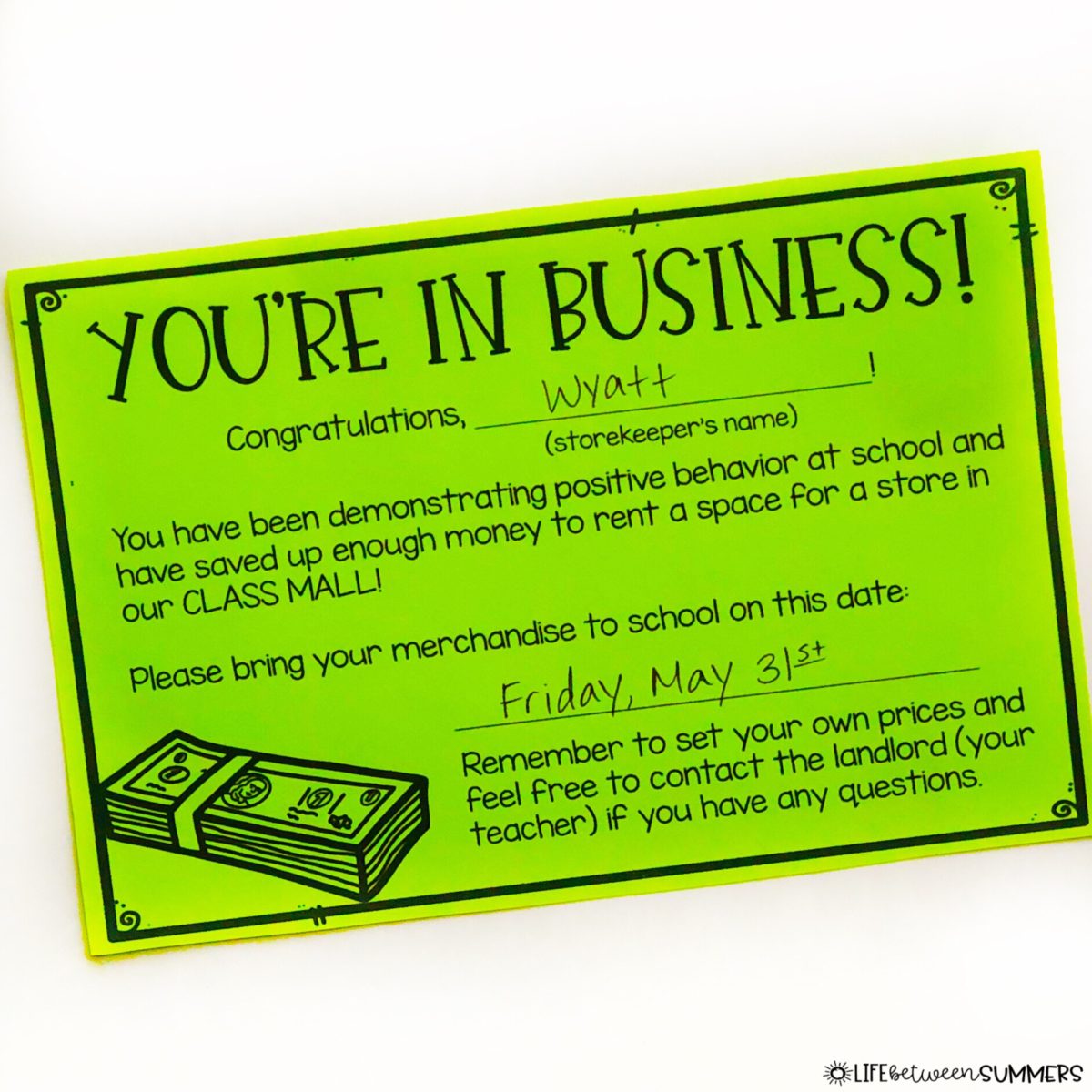

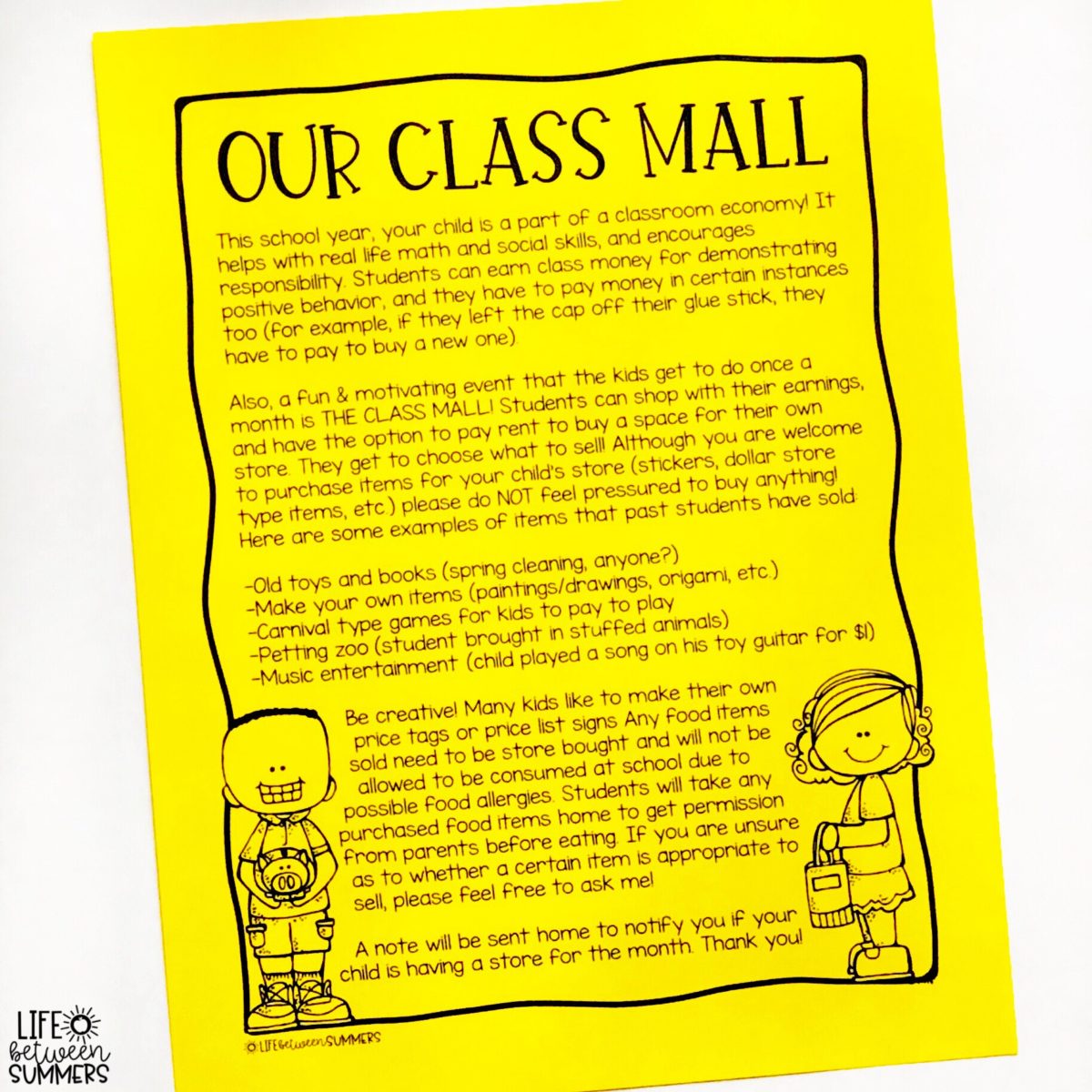
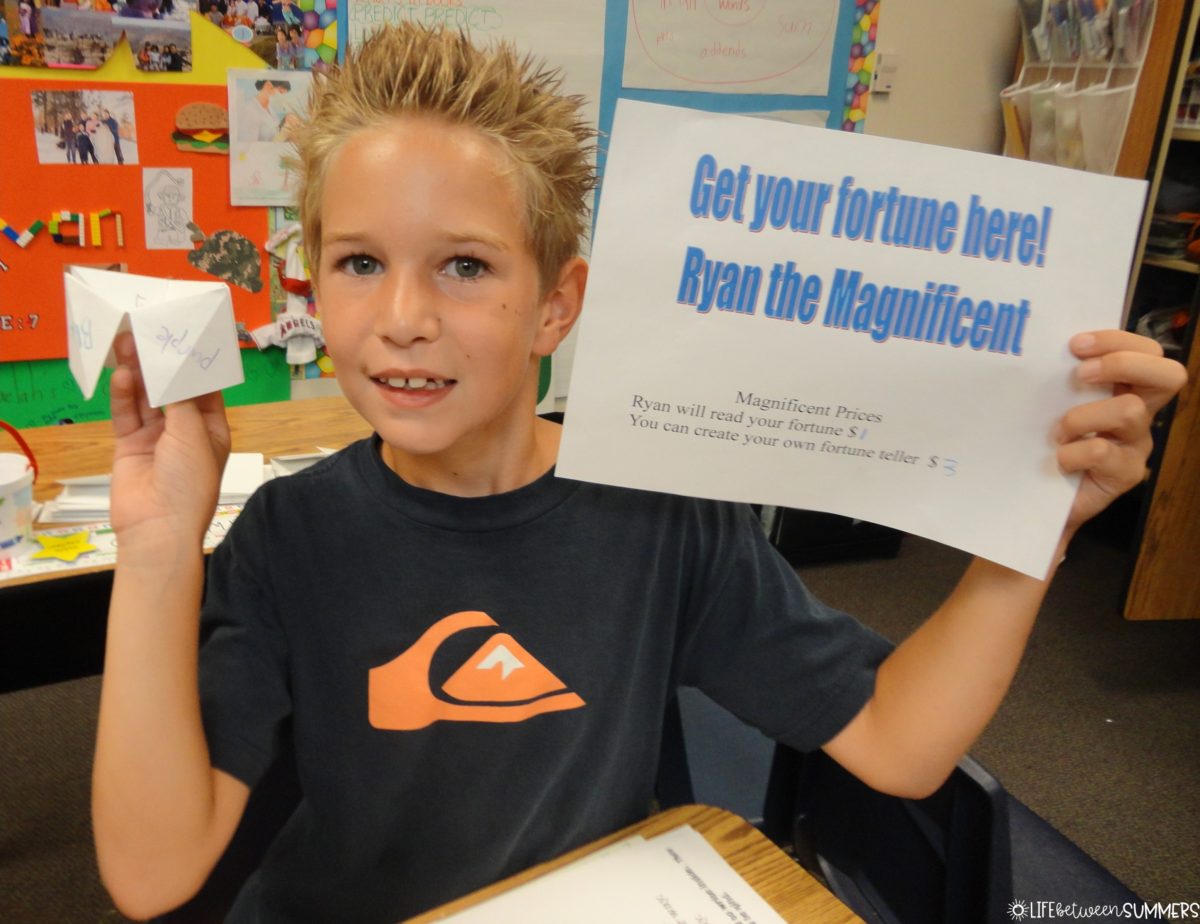
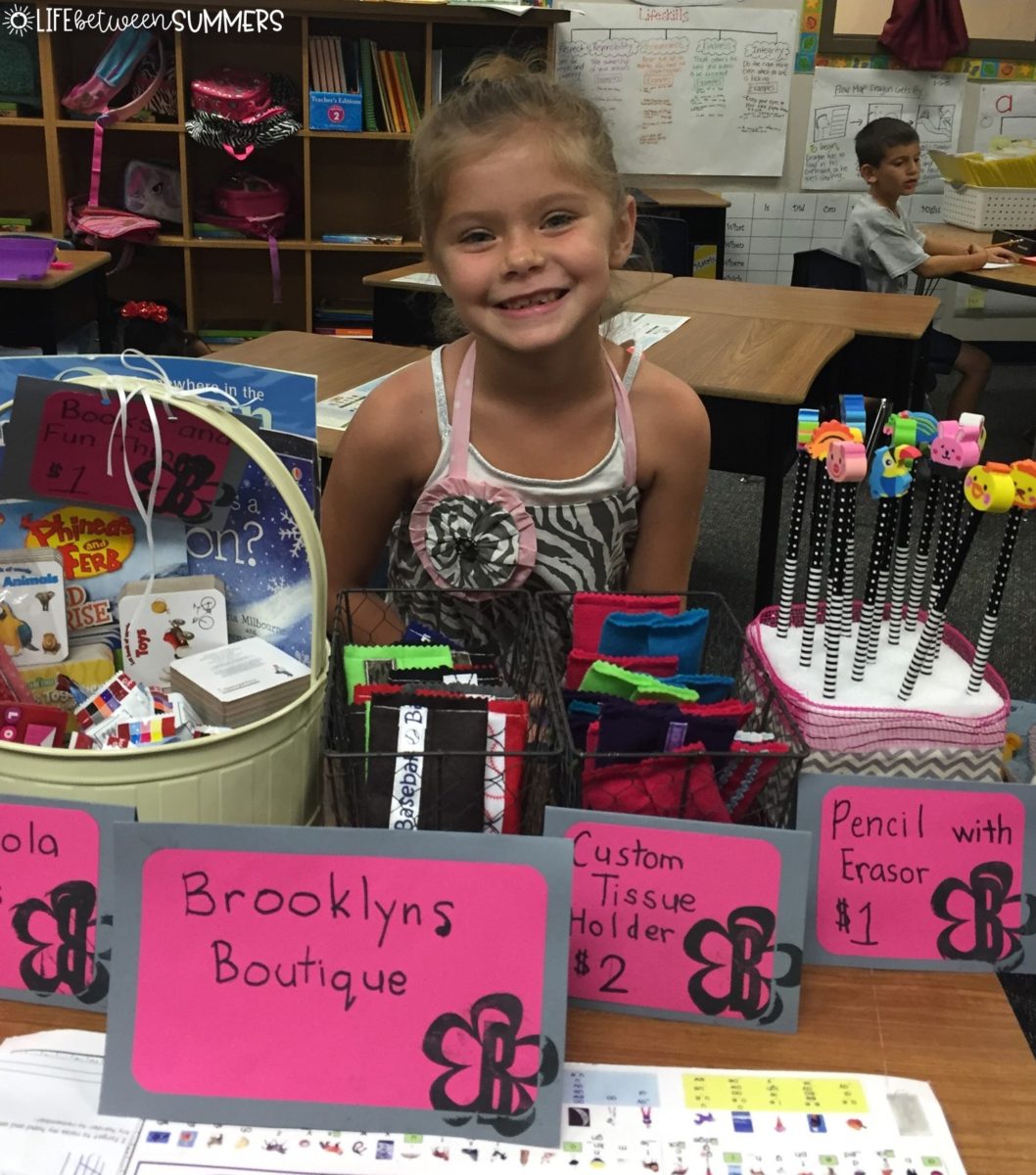
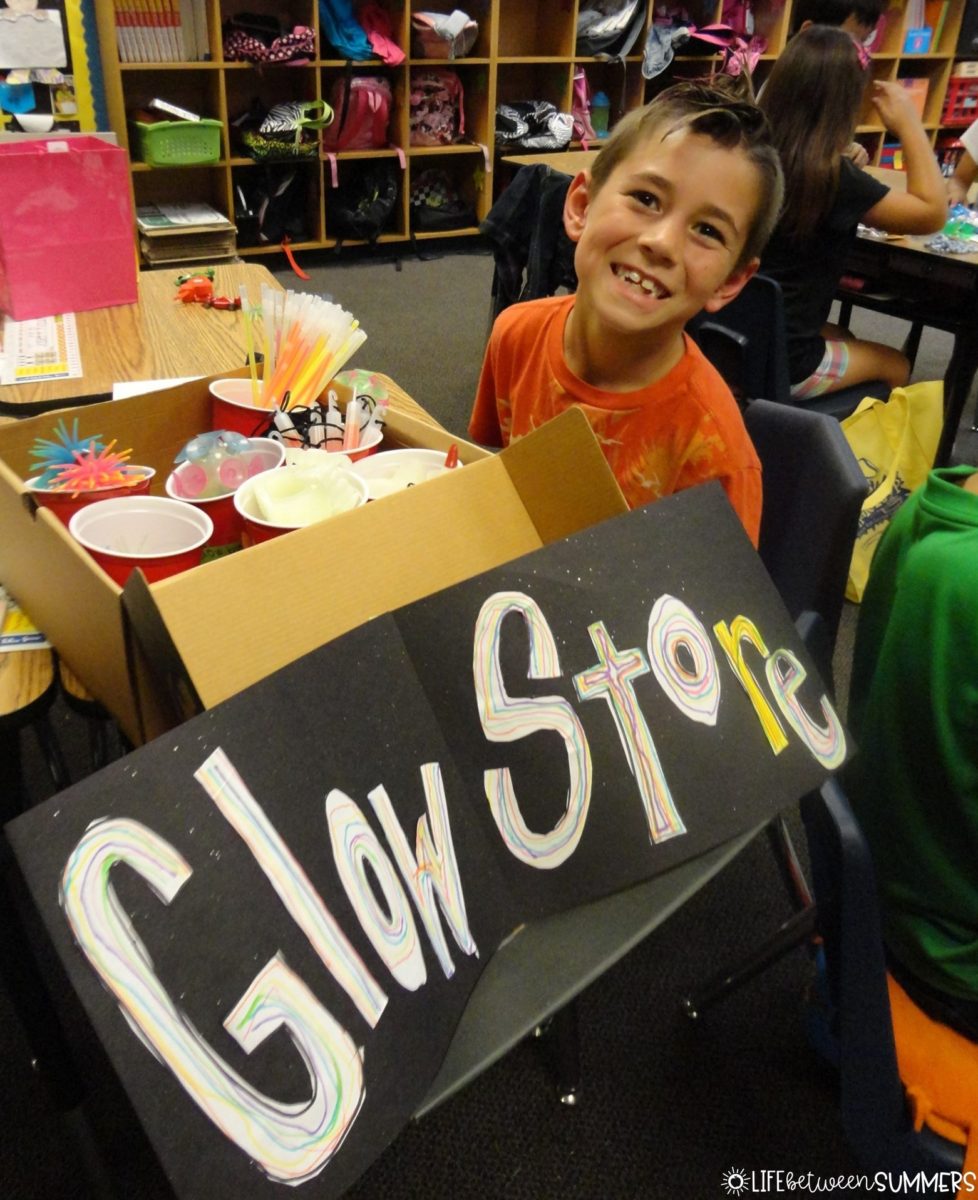

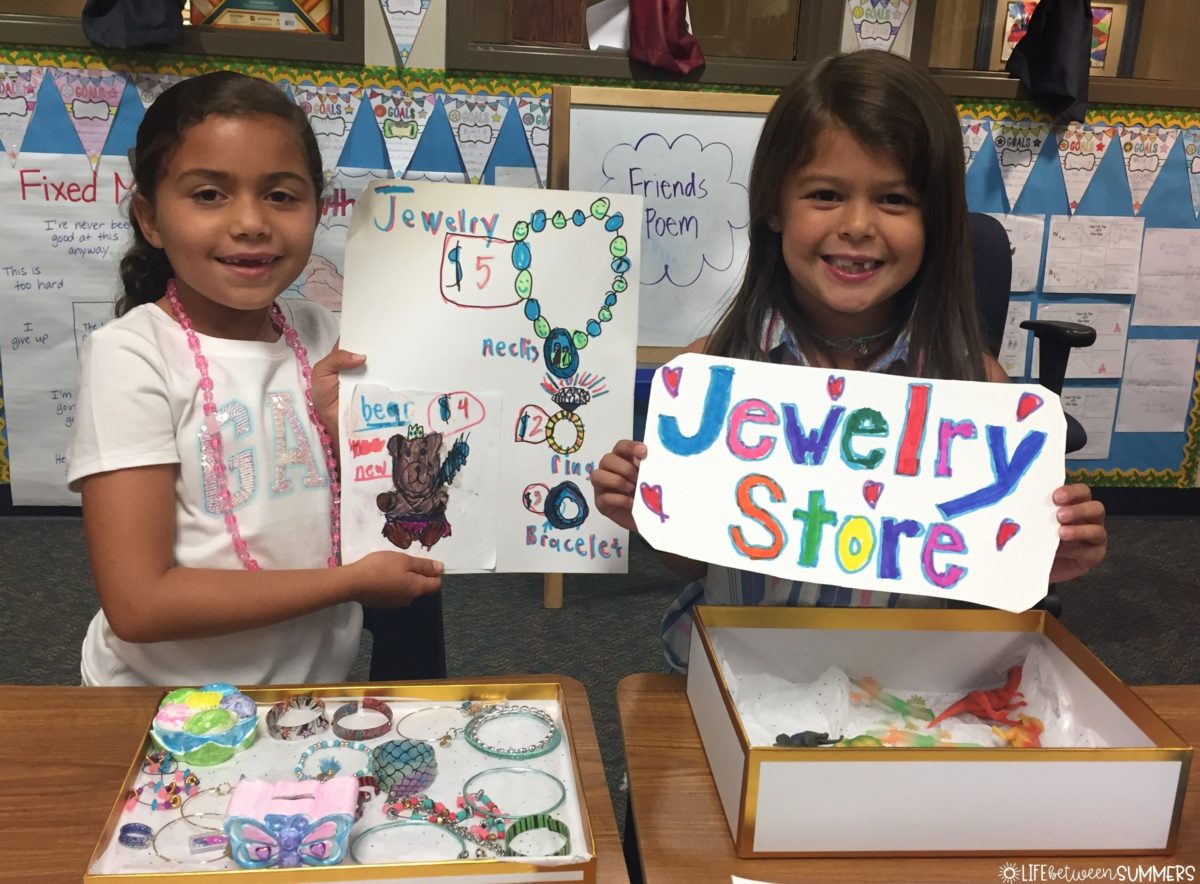
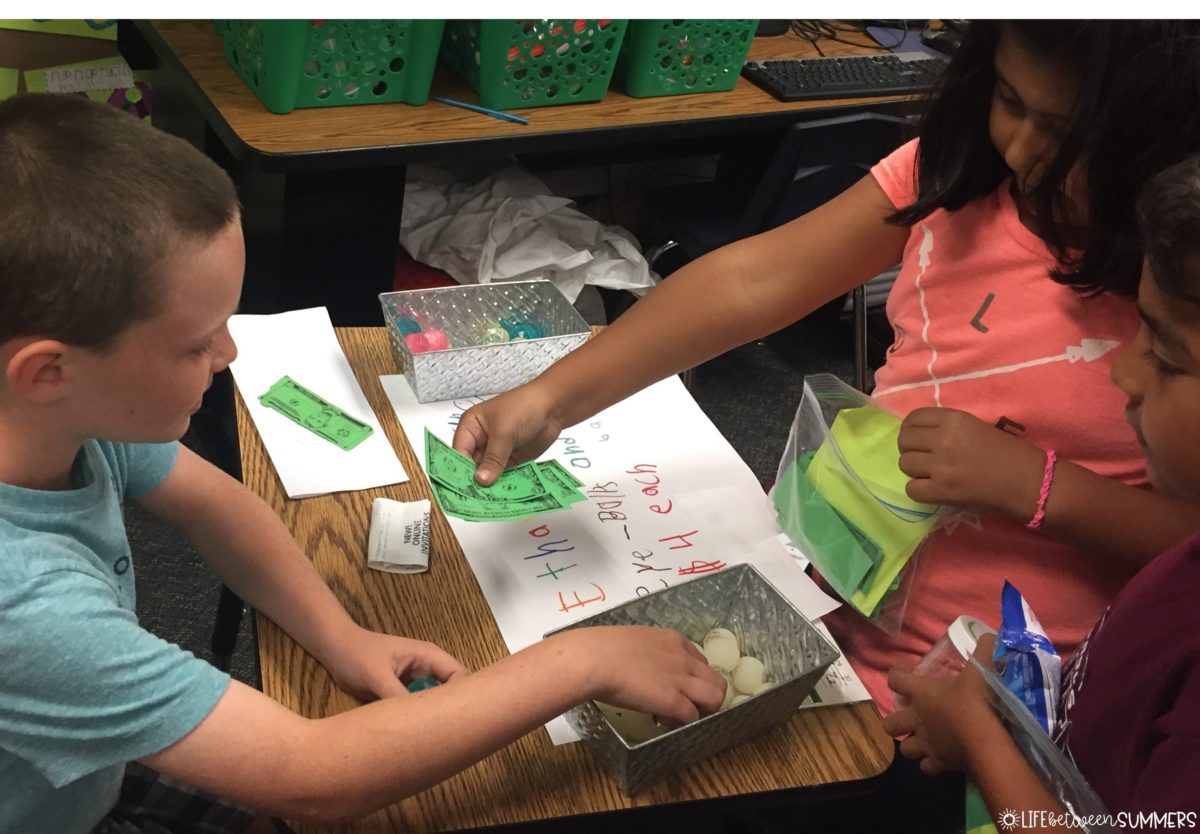
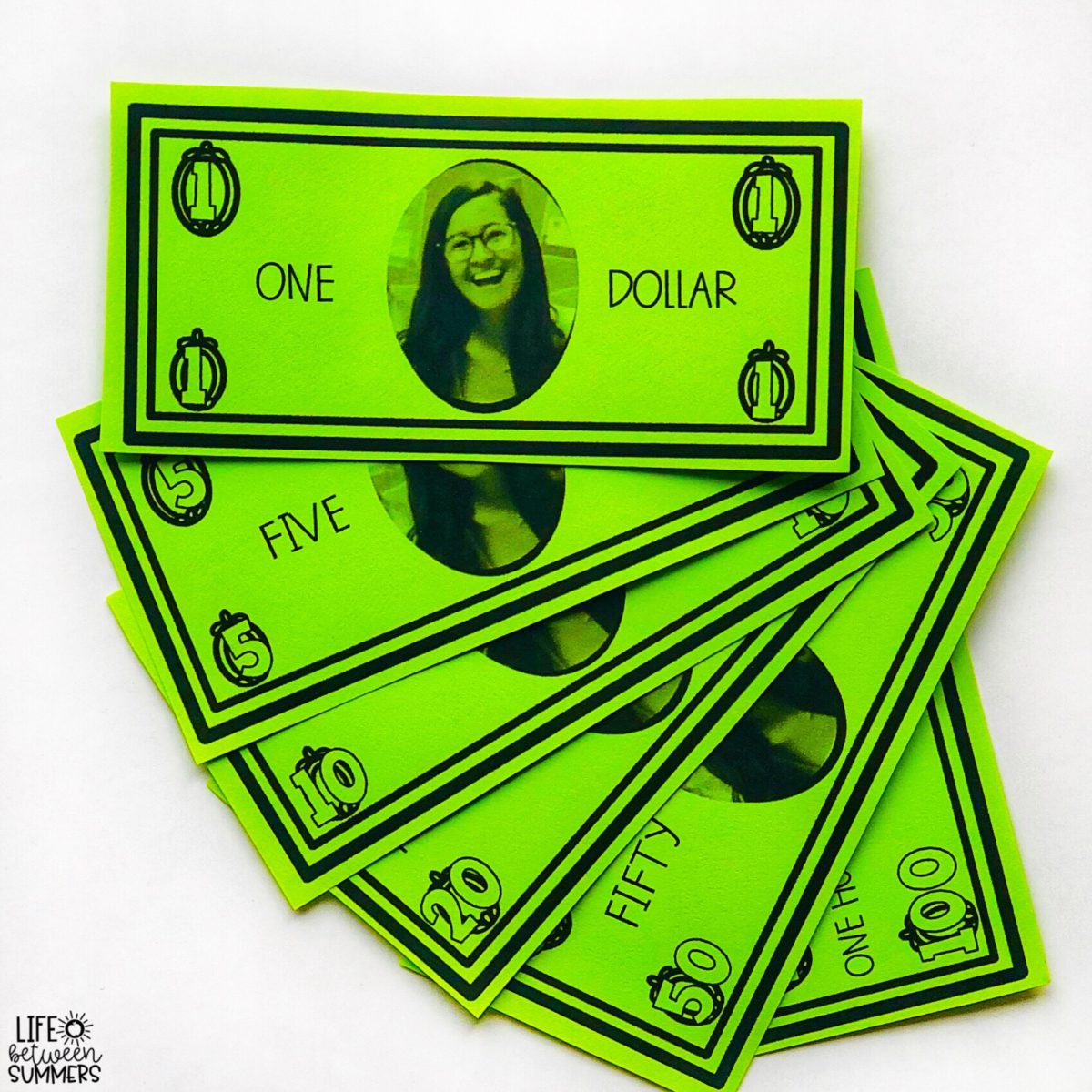


This is a great activity for so many reasons! My students would love this! Team points are also great for motivating students. Typically, students don’t want to let their team members down, so they are more apt to pay attention and stay on-task when team points are involved.
Thank you, Brooke! Absolutely! Along the same lines of team points, I’ve also used coins. Each team/table has their own plastic piggy bank and earns coins in their banks for positive behavior. The kids get to count up their money at the end of the week. It’s another chance for them to practice a math skill/standard and it’s also motivating for the kids (for the same reasons you’ve mentioned).
I love the idea of using currency in the classroom as a behaviour management tool, as well as to improve numeracy skills.
Thank you for the feedback! I’ve used class currency for so many years because of its effectiveness in precisely both of those areas.
They do this at my school in third grade. They call it economics day. It is so much fun. They usually let the second graders come shop which is my favorite.
What a great idea! I love that it’s called Economics Day- that is a fantastic name for it. I’m sure that the second graders absolutely love getting to shop!
This. Is. Amazing. I absolutely LOVE this idea, especially since the students get to be little entrepreneurs! I can definitely say that it would’ve been a HUGE incentive for me in elementary school! Thanks for sharing this!
-Kim
So happy to hear, Kim! Luckily the kids find it to be a huge incentive as well. I’m hoping that it’s something my students will still remember when they’re older!
There are so many different skills wrapped up into this one project: social, math, financial, entrpreneurial. Love it!
Thank you, Angela! The fact that it encourages multiple opportunities for student growth is another important reason why I’ve continued to use this in my classroom for so many years.
This is so much fun. I need to find a way to adapt for middle school!
What a fun incentive project! My own kids had a sixth grade teacher who did this.They are grown ups and they still remember this! Great idea! Wendy 1stgradefireworks
This is such a WIN-WIN idea! I know the students absolutely love it and are also getting so much out of the process. ❤️❤️❤️
What a fun way to reward positive behavior! Your students came up with such creative ideas for their stores. I also love the fact that it saves you from ordering from Oriental Trading and going to the Dollar Store. Those little prizes add up fast!
Thanks Tara! I always look forward to seeing what they come up with. And yes, even though those prizes don’t cost much it DOES add up, especially over many years of teaching!